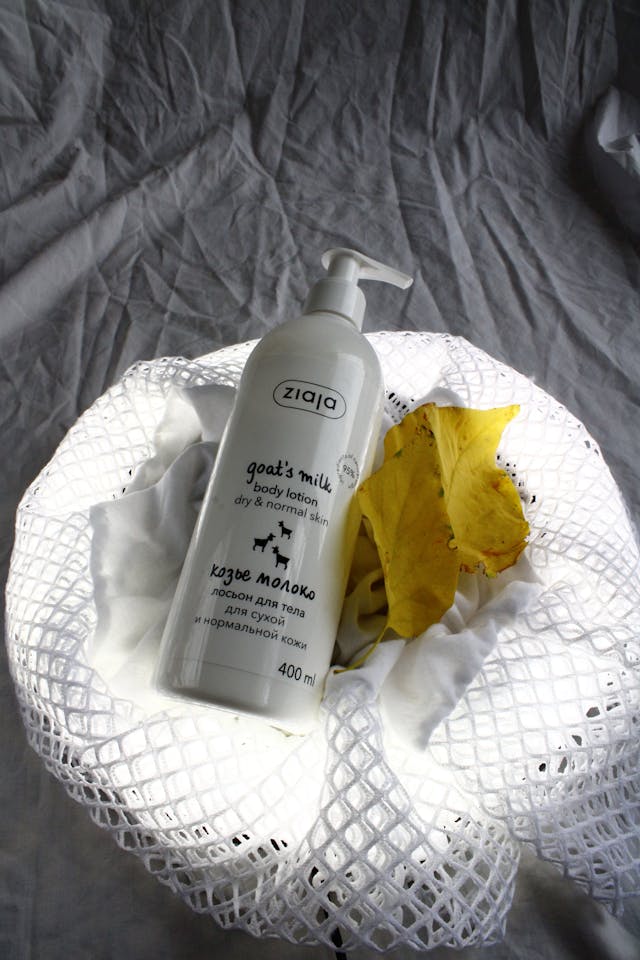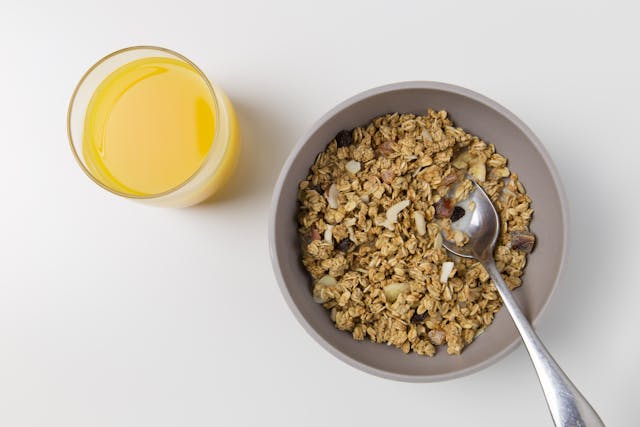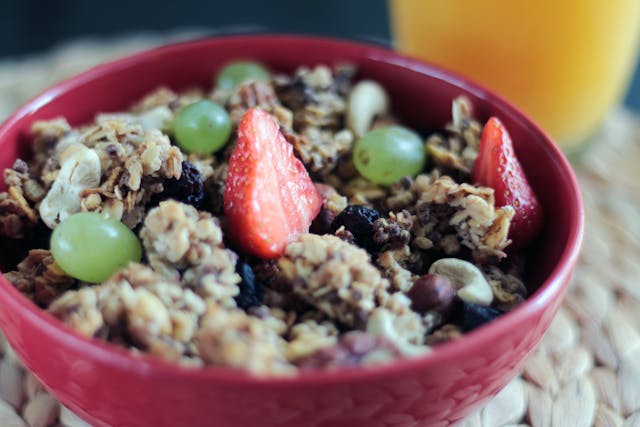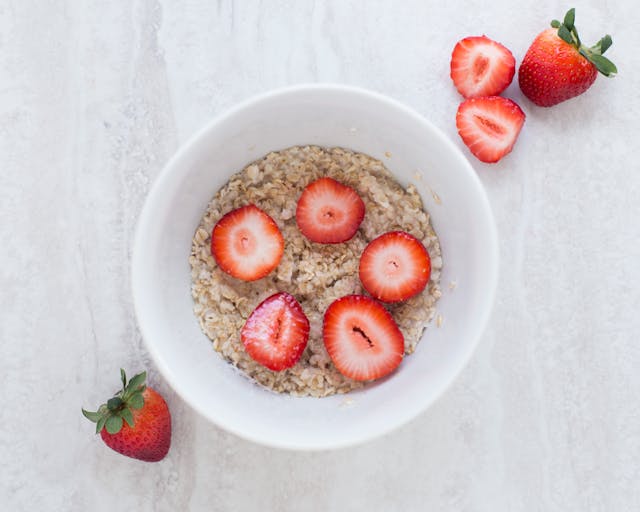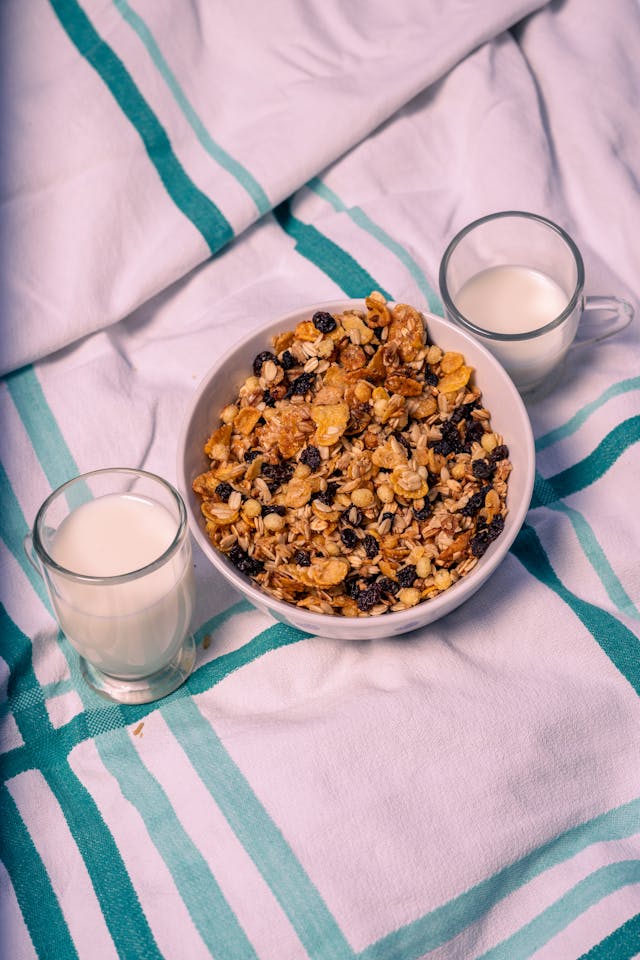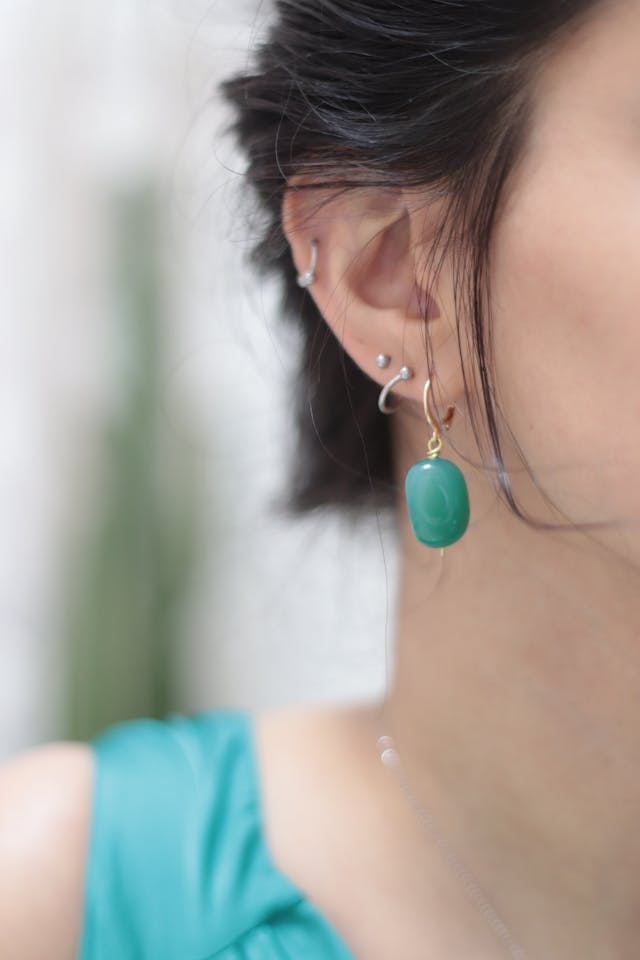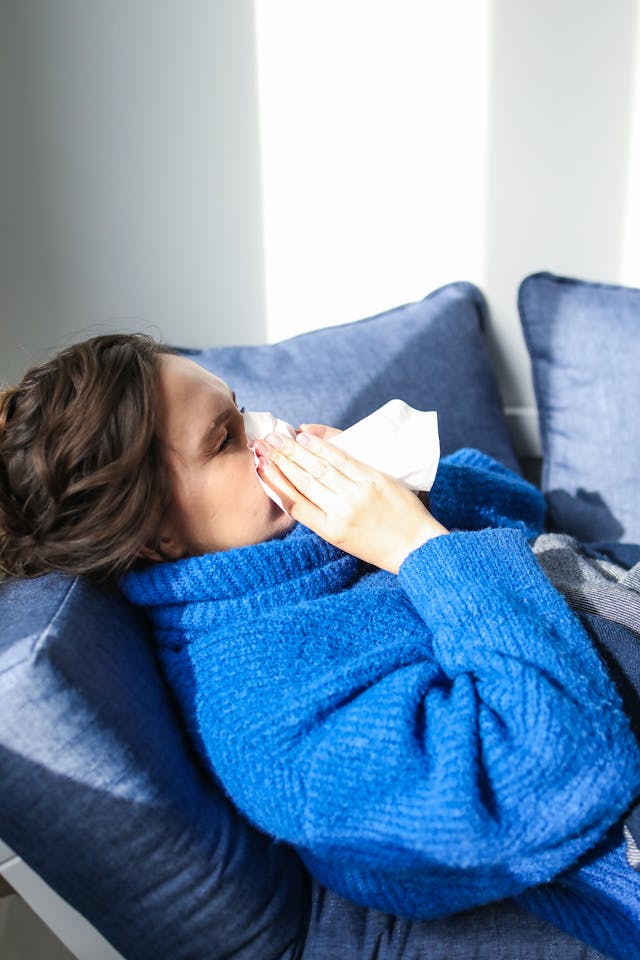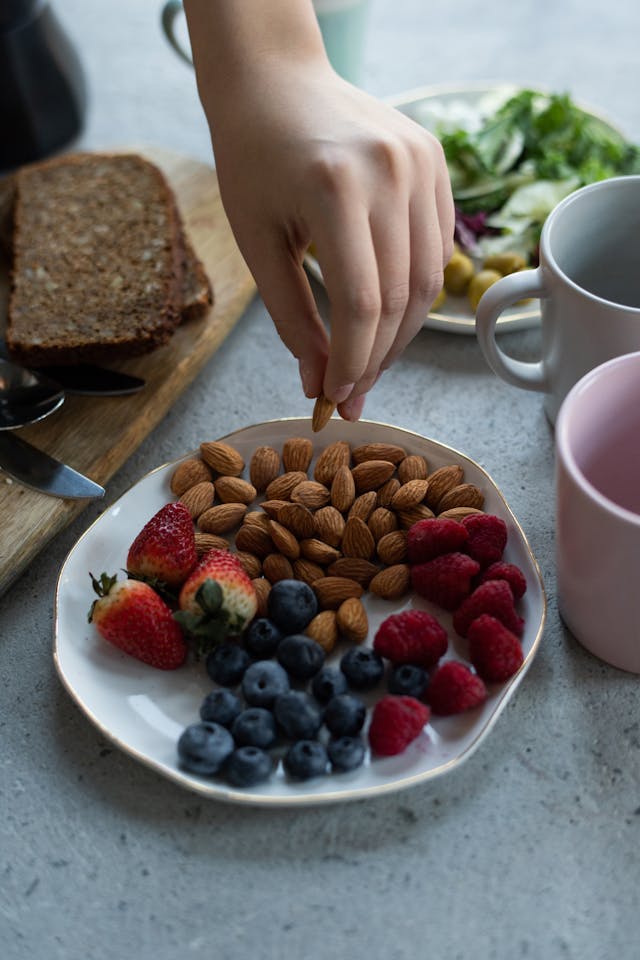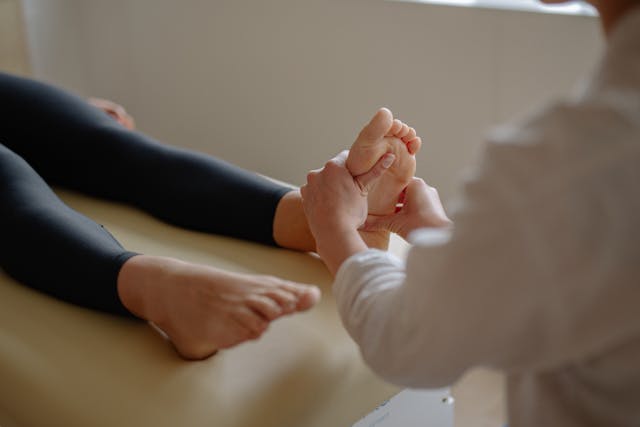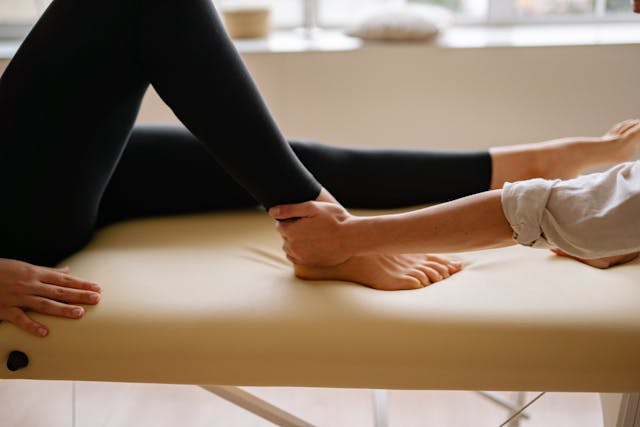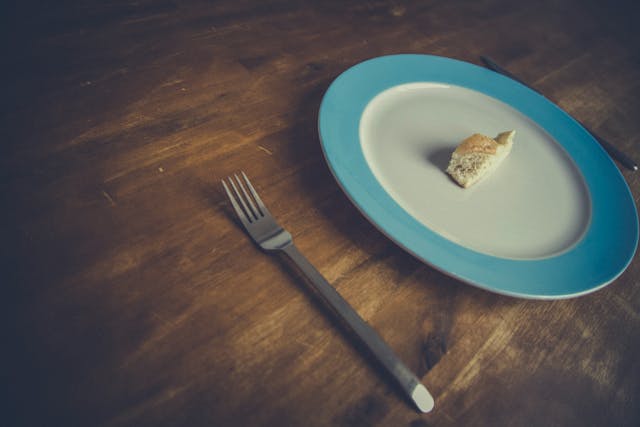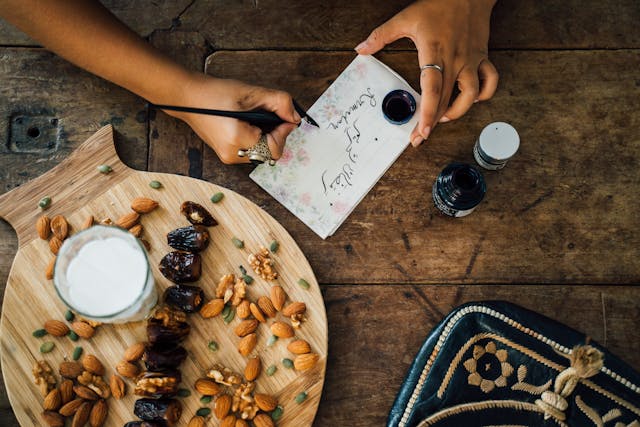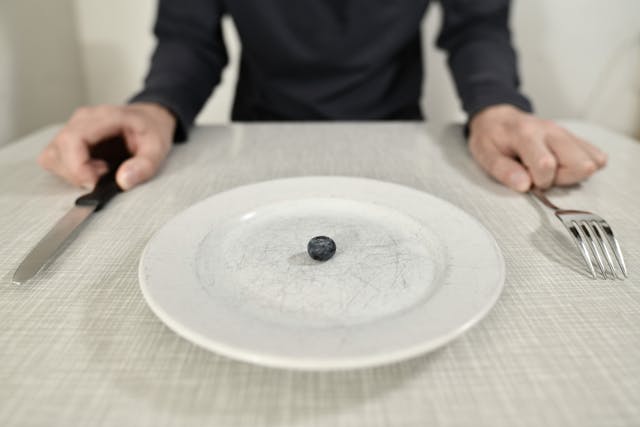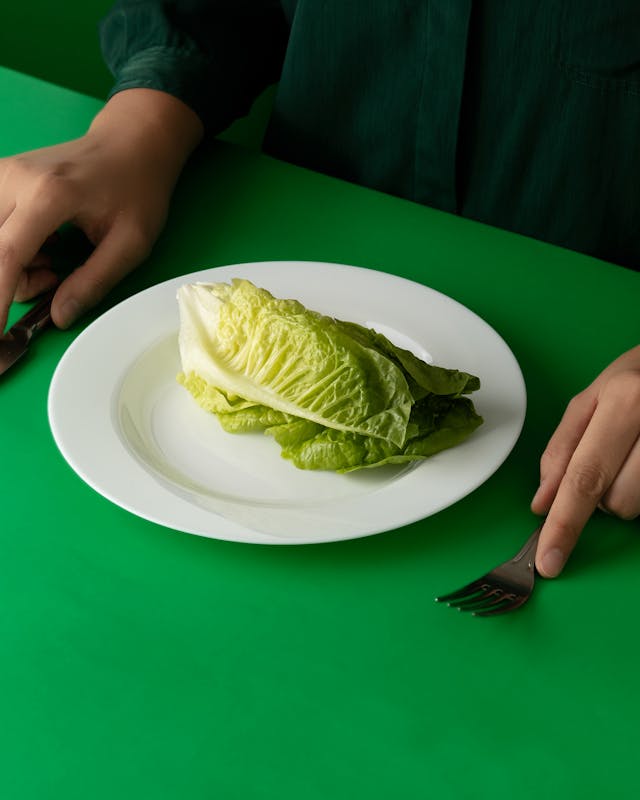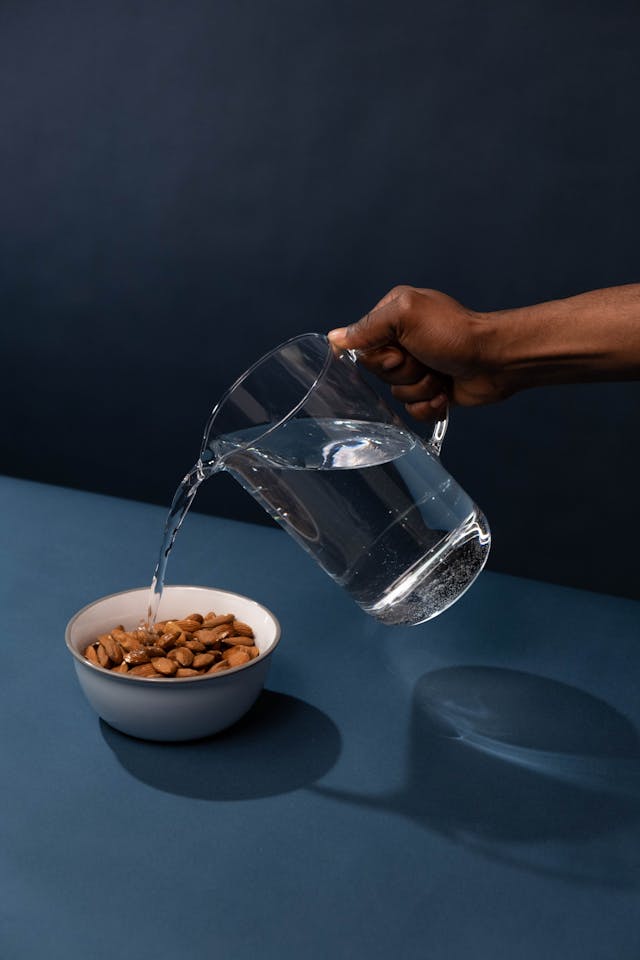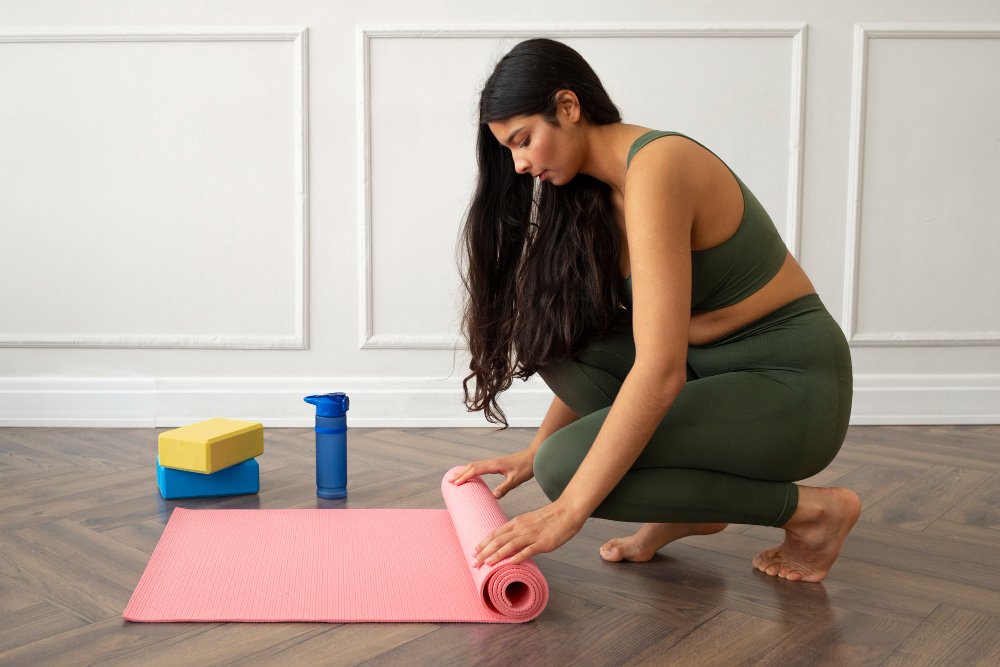Summer is the perfect time to focus on health and well-being. The warm weather and longer days provide a great opportunity to stay active, eat fresh, and adopt habits that keep your body and mind in top condition. By incorporating healthy summer habits into your routine, you can boost energy, enhance your mood, and protect yourself from seasonal challenges like dehydration and heat exhaustion.
1. Stay Hydrated
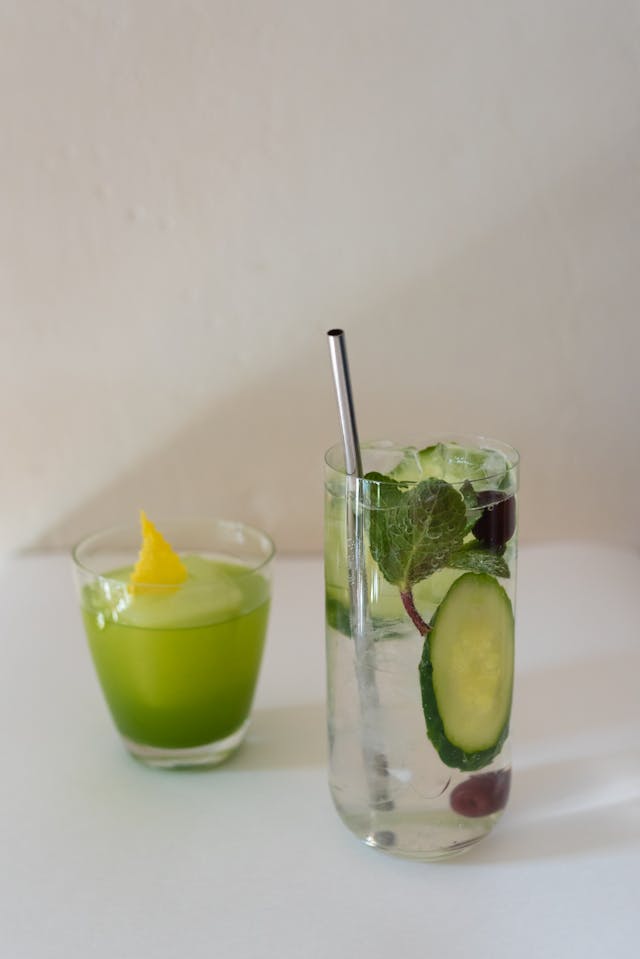
One of the most essential healthy summer habits is enough water. With high temperatures, your body loses more fluids through sweat, making hydration crucial. Aim for at least 8–10 glasses of water daily, and increase intake if you’re spending time outdoors or exercising. Eating hydrating foods like watermelon, cucumbers, and oranges can also help. Avoid excessive consumption of caffeinated or sugary drinks, as they can contribute to dehydration rather than quenching your thirst.
2. Eat Fresh and Light Meals

Summer is the best time to enjoy fresh, seasonal produce rich in vitamins and antioxidants. Eating nutrient-dense foods supports digestion, boosts energy, and prevents sluggishness. Light meals like salads, smoothies, and grilled vegetables are easier to digest and keep you feeling refreshed. Including lean proteins like fish, chicken, or plant-based alternatives helps maintain muscle health while preventing bloating. Reducing processed and fried foods can further support your digestion and overall well-being.
3. Protect Your Skin from the Sun
The sun’s UV rays are strongest in summer, increasing the risk of sunburn, premature aging, and even skin cancer. Applying a broad-spectrum sunscreen with at least SPF 30 before going outdoors is crucial. Reapply every two hours, especially if swimming or sweating. Wearing protective clothing, such as wide-brimmed hats, sunglasses, and lightweight long sleeves, can offer extra protection. Seek shade during peak hours (10 AM to 4 PM) to minimize direct sun exposure and reduce the risk of heat-related skin issues.
4. Stay Active with Outdoor Workouts
Engaging in outdoor activities keeps your body fit and your mind sharp. Walking, cycling, swimming, and hiking are great ways to stay active while enjoying the summer weather. Water-based exercises, like paddleboarding and kayaking, provide a fun and refreshing way to stay fit. If high temperatures make it difficult to work out during the day, consider early morning or evening workouts when it’s cooler. Stretching or practicing yoga outdoors can also enhance flexibility, reduce stress, and improve overall well-being.
5. Maintain a Healthy Sleep Routine

Longer daylight hours in summer can sometimes disrupt sleep patterns, but maintaining a consistent sleep schedule is essential. Going to bed and waking up at the same time each day helps regulate your body’s internal clock. Keeping your bedroom cool and dark promotes restful sleep. Reducing screen time before bed prevents blue light from interfering with melatonin production, making it easier to fall asleep. Staying active during the day can also contribute to better sleep quality, ensuring you wake up refreshed and energized.
6. Prioritize Mental Well-Being
Taking care of your mental health is just as important as maintaining physical health. Practicing mindfulness through meditation, deep breathing, or journaling can help reduce stress and improve emotional balance. Spending time in nature has been shown to lower anxiety and boost mood. Social interactions are also key to mental wellness, so engage with friends and family regularly. Pursuing hobbies like reading, painting, or gardening can serve as a creative outlet and enhance relaxation.
7. Travel Smart and Stay Safe
Whether you’re taking a short trip or exploring a new destination, health should be a priority. Carry a reusable water bottle to stay hydrated throughout your journey. Packing healthy snacks such as nuts, fruits, and granola bars helps maintain energy and prevents unhealthy eating while traveling. Adjusting your sleep schedule before long trips can minimize jet lag and prevent fatigue. Wearing sunscreen and protective clothing while sightseeing can protect against sunburn and heat-related illnesses.
8. Avoid Heat-Related Illnesses
Heat exhaustion and heat stroke are serious risks during summer. Staying indoors during peak heat hours can help prevent overheating. If you need to be outside, wearing breathable clothing and staying in shaded areas can reduce the risk. Drinking electrolyte-rich beverages can help replenish lost minerals due to sweating. Recognizing early signs of heat-related illnesses, such as dizziness, nausea, and excessive sweating, can help you take precautions before the situation worsens.
9. Stay Social and Engage in Community Activities
Summer provides more opportunities to socialize and participate in outdoor events. Joining local community activities, outdoor yoga sessions, or group sports can keep you engaged and active. Social interactions help reduce stress, improve mental health, and create lasting memories. Spending time with loved ones, whether through weekend getaways or simple outdoor picnics, enhances overall well-being and happiness.
10. Practice Safe Outdoor Fun
Enjoying outdoor activities is one of the highlights of summer, but safety should always come first. Whether you’re swimming at the beach, hiking in the mountains, or camping in the woods, taking precautions is essential. Wearing appropriate gear, following safety guidelines, and being aware of weather conditions can prevent accidents. If participating in water activities, always ensure proper supervision and avoid risky areas with strong currents.
Conclusion : Healthy Summer Habits
Incorporating healthy summer habits into your lifestyle can help you make the most of the season while staying energized, active, and protected. From staying hydrated and eating fresh to prioritizing mental well-being and avoiding heat-related illnesses, small changes can have a big impact. By adopting these habits, you can enjoy a healthier and more enjoyable summer while keeping both your body and mind in top shape.




